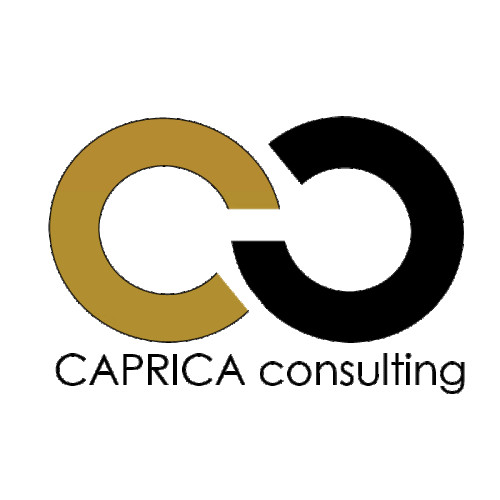A new opportunity is opening up for Hungarian innovative enterprises: the GINOP Plusz 2.1.4-25 call, designed to support the real market utilization of R&D results. The goal of this scheme is not merely to fund experimental development, but to enable Hungarian small and medium-sized enterprises to turn their lab or design-desk ideas into tangible, marketable products and services.
Purpose and logic of the scheme
The call aims to help advanced developments reach market introduction. Projects must include experimental development as a mandatory component - the creation, testing, and real-world validation of a prototype or pilot model - while supported activities are expected to progress from TRL 6–7 to TRL 9, meaning that the end goal is a market-ready solution.
In addition, the call allows for equipment and software purchases, acquisition of licenses and intellectual property protection, obtaining ISO 56001:2024 innovation management certification, and even market-entry-related activities.
In short: the outcome should not be a “prototype left in the drawer,” but a validated solution ready for the market.
Who can apply?
In short: Hungarian SMEs with at least two completed (365-day) financial years and an average headcount of at least six employees in the previous closed year.
Only individual applicants may apply - consortia are not eligible.
How much funding Is available?
The available grant ranges from HUF 100 million to 600 million, entirely in non-repayable form. Up to 30% of the awarded amount (max. HUF 180 million) can be drawn as an advance.
Projects must be completed within 24 months, providing ample time for experimental work and market validation.
Out of the total HUF 60 billion budget, an estimated 100–200 projects are expected to receive support.
Applications can be submitted in two rounds:
from 14 November to 29 November 2025, and from 26 January to 9 February 2026.
The intensity of support can reach up to 60% for experimental development, up to 80% for regional investment components, and up to 70% under de minimis aid.
What does this mean in practice?
The program does not target early-stage research, but rather projects already at TRL 6–7, helping them reach TRL 9 - full market entry. At this level, a company should already hold not just a functional prototype but a validated, market-ready product or service.
A key requirement is market validation: the developed solution must be tested and demonstrated with real customers, and the results properly documented. By the project’s closure, participants are also expected to obtain the ISO 56001:2024 certification, helping them establish structured, scalable innovation processes within their organizations.
For more information or advice, please fill out our contact form.


